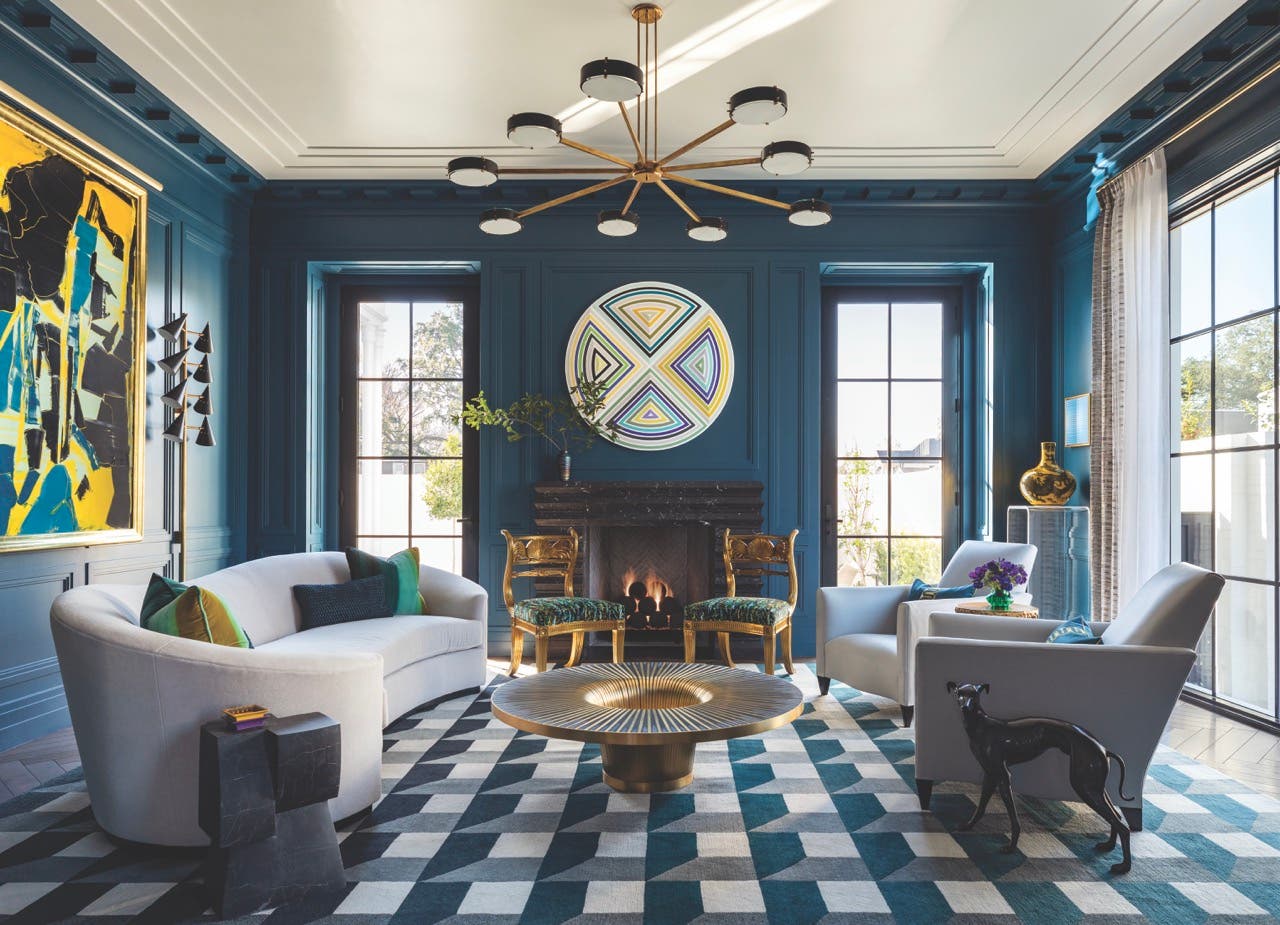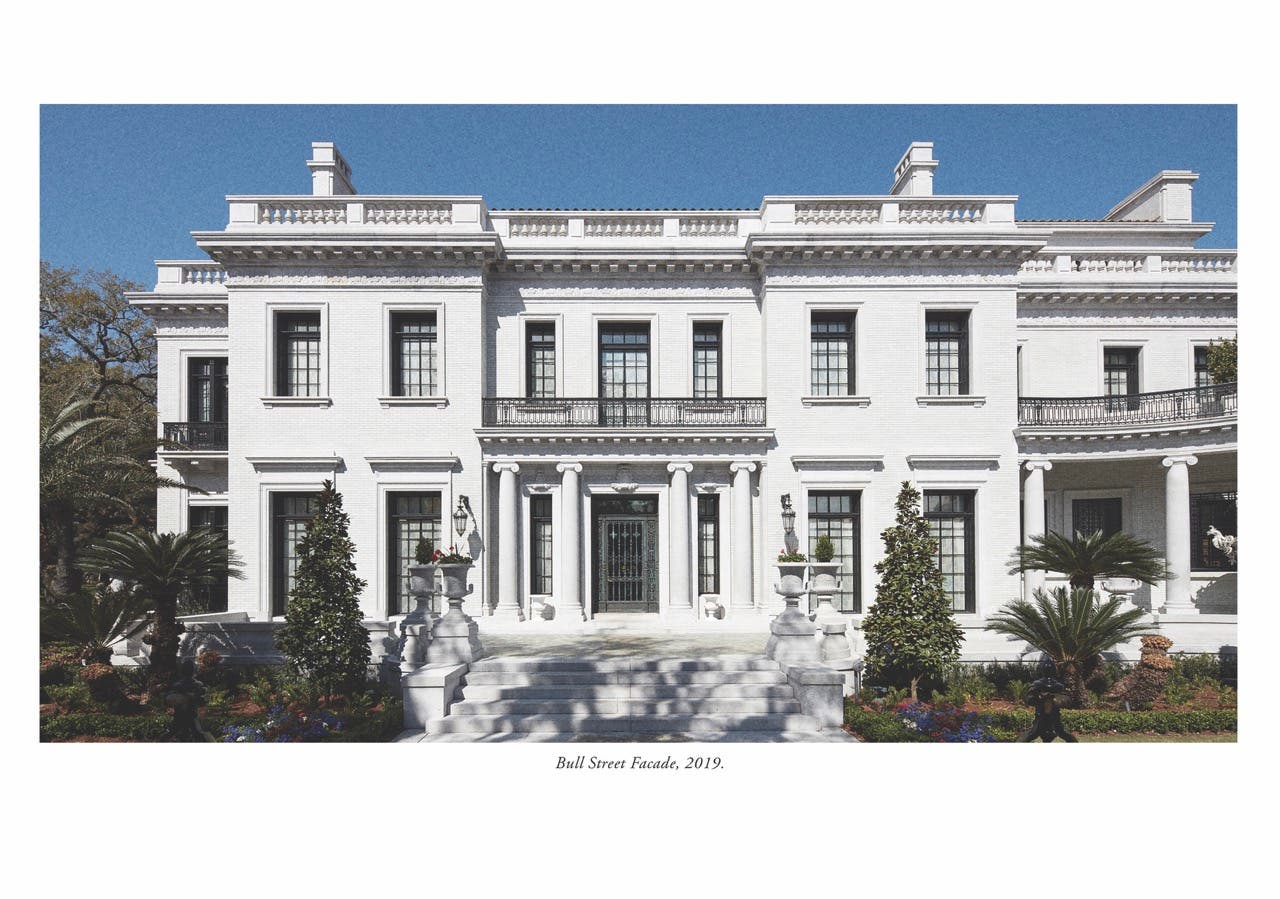
2025 Palladio Awards
The Armstrong-Kessler Mansion – Sottile & Sottile
The Armstrong-Kessler mansion was restored as
private home a century after it was completed.
In preservation circles, when adaptive reuse is discussed, it generally refers to transforming a building for an entirely new, more modern use.
In the case of the Armstrong-Kessler Mansion, a landmark among landmarks in the Southern-charm city of Savannah, Georgia, there was a twist: The Savannah-based architectural firm of Sottile & Sottile created a master plan that returned the structure to its original use as a private residence exactly a century after it had been built.
Set in the city’s fabled historic district, the Italian Renaissance Revival mansion, designed by architect Henrik Wallin, was built for shipping magnate George F. Armstrong.
Armstrong had a big vision and an even larger budget: At the time, the mansion was reported to be the most expensive in the city.
“Built of the finest materials and finishes, it rivals anything in the country from the Gilded Age,” says Sottile & Sottile Principal Christian Sottile, FAIA, NCARB. “The house is made of stone mountain granite. The bronze entry doors, fabricated by Bonachek of New York, would cost $500,000 in today’s currency. The brick glaze has marble dust, and the hardware is by P.E. Guerin.”
But Armstrong died in 1924, and the family only owned the house until 1935, when it became the founding location of Armstrong Junior College.
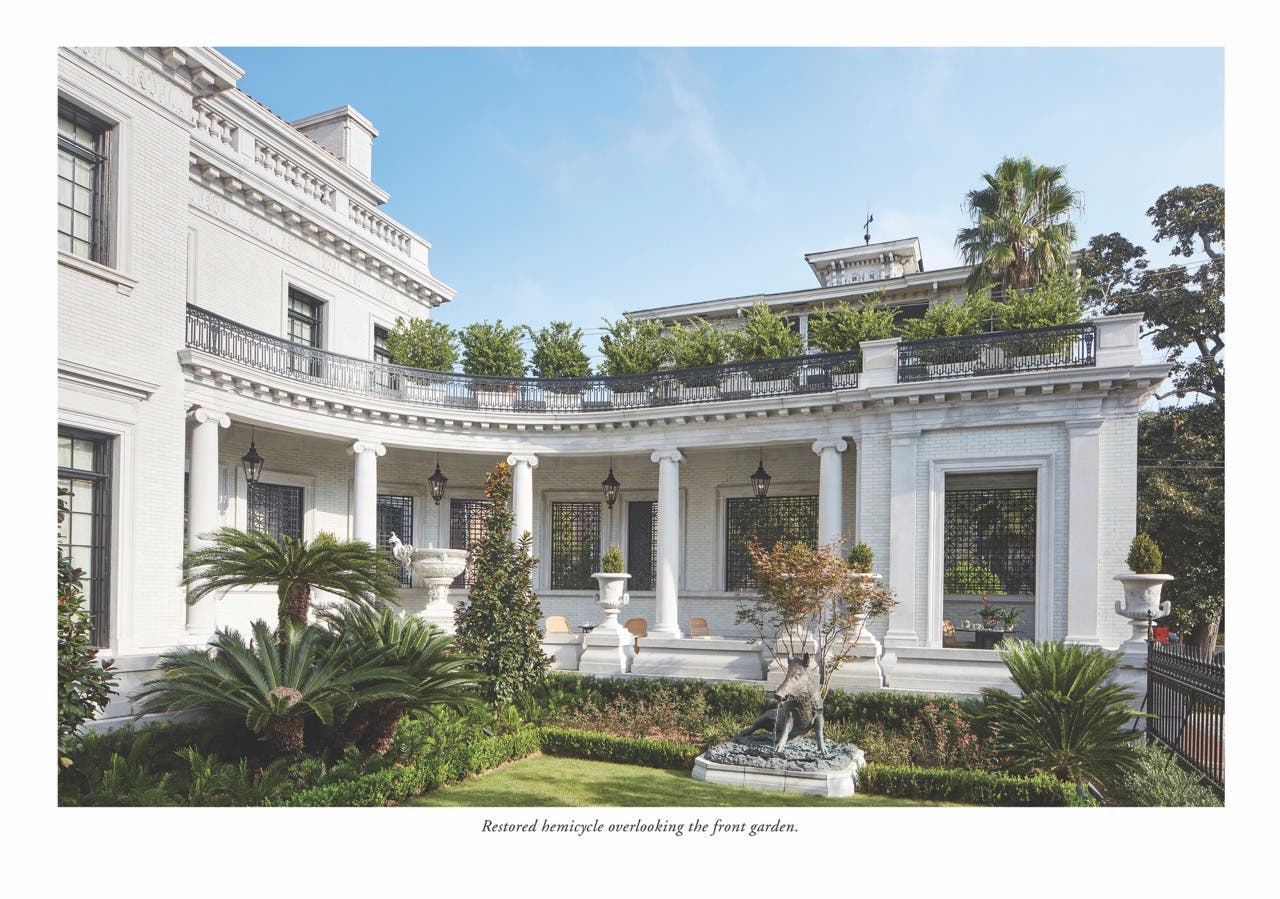
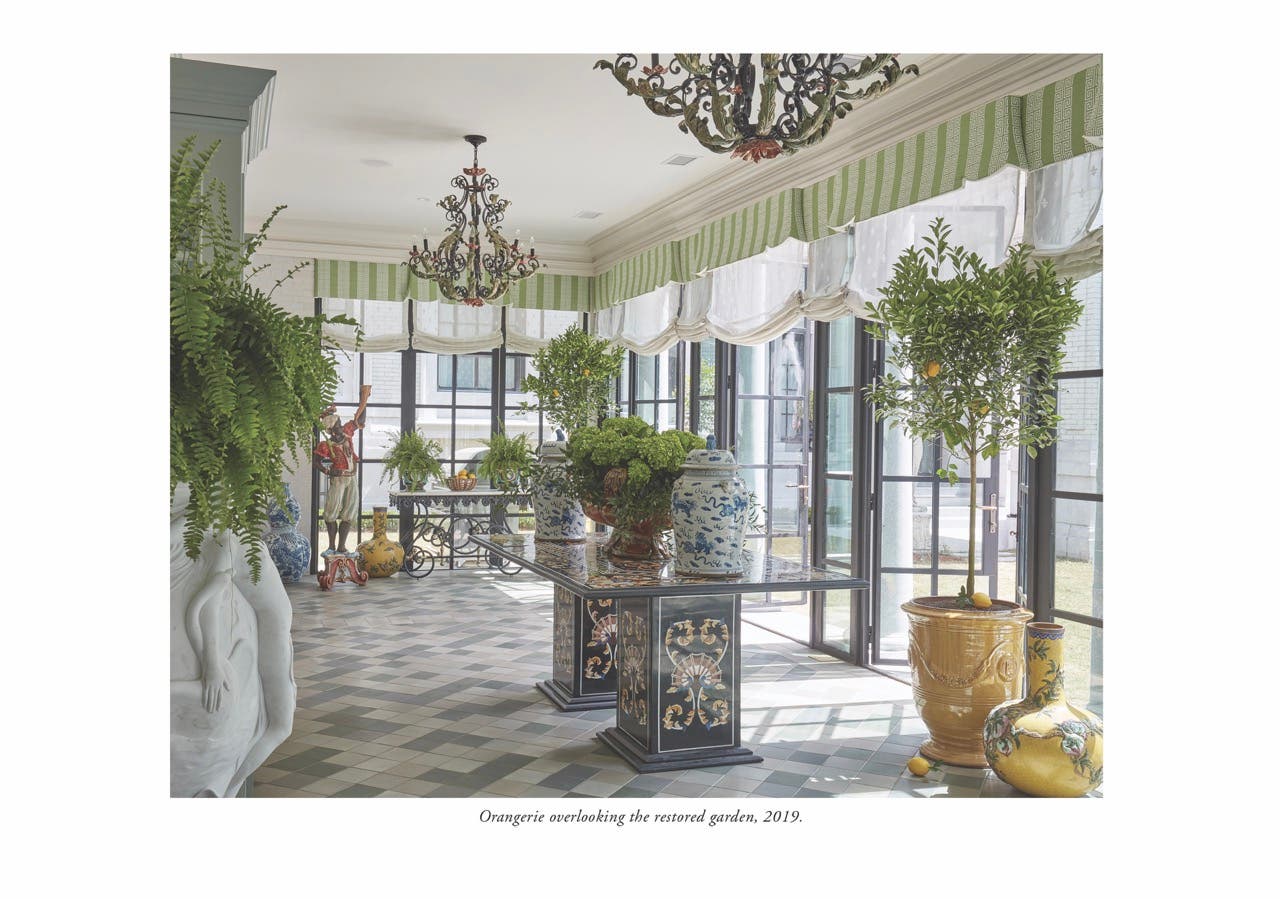
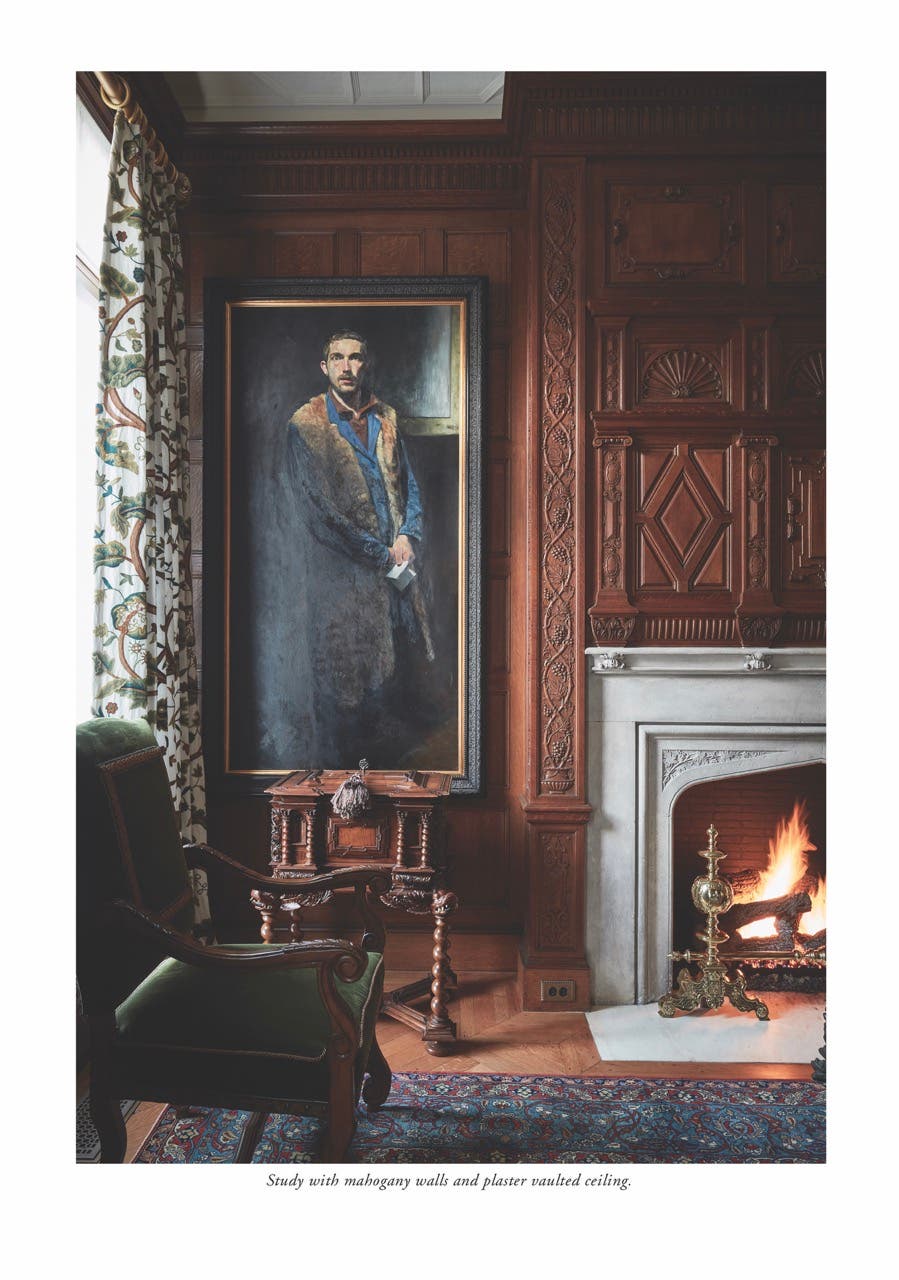




In 1967, when the mansion was threatened with demolition, Historic Savannah Foundation bought it and five other buildings owned by the college for $235,000 and immediately sold it for the same price to preservationist and antiques dealer Jim Williams.
The property was sold soon after to the law firm of Bouhan, Williams & Levy and served as the real-life office of attorney Sonny Seiler in the 1997 film “Midnight in the Garden of Good and Evil.”
In 2017, preservationist and hotelier Richard C. Kessler purchased the mansion and commissioned Sottile & Sottile to restore it to its original grandeur.
Although the mansion needed tremendous work and tender loving care, it was remarkably intact given its history because, Sottile says, “it’s a very fine building, and even though it was in institutional use for over 80 years, each owner was respectful of it.”
In addition to meticulously restoring the mansion, Sottile & Sottile—working closely with the Savannah Metropolitan Planning Commission, the Georgia State Historic Preservation Office, and the National Park Service—also reinstated and reimagined the garden. Previously paved over as a parking lot, the garden was redesigned in a formal Italianate style that reflects Wallin’s original vision.
The carriage house, part of which had been torn down for the construction of an auditorium during the estate’s college years, has been replaced with a new one whose glazed brick and 90 tons of granite detailing draw upon the design of the mansion.
In addition to having space for six vehicles and electrical charging stations, the new 3,700-square-foot structure houses an orangerie that’s used for entertaining. Its top floor has a terrace that overlooks the mansion’s sculpture garden and Forsyth Park, a 32-acre public green space.
“We kept the same footprint as the original carriage house,” Sottile says. “There were no photos of the original, so we made it sympathetic with the architecture of the house.”
When the Armstrong-Kessler Mansion was built, it was appointed with the latest technology, which ranged from steel and bronze window frames and electric lighting to a central vacuum and a re-circulating hot-water system.
Carrying on that tradition, the Sottile & Sottile team installed state-of-the-art heating and cooling systems, using over 8 miles of routing cable and 30 small mechanical units that are carefully concealed, a technique that allows for the home’s 25,000 square feet to remain as functional living space without interfering with the restoration of the plaster ceilings.
Universal touchpads control the lighting, temperature, music, and security features in each room while cataloguing and displaying historic images and information of each.
The restoration, Sottile says, “is not about being historic; it’s about being authentic. For all the gifts this building offers as a landmark piece of architecture, its greatest gift of all is that it became young again and that it has stories to tell. It’s not a museum piece; it’s a living building that’s prepared for its next adventure.”
The opening party for the newly christened Armstrong-Kessler Mansion was held in 2019 on the centennial of the completion of the residence. The event was modeled after the one described in Armstrong’s original invitation. TB
| Key Suppliers |
|---|
| Architect Sottile & Sottile General Contractor Robert Stewart, Choate Construction Interior Design Chuck Chewning, Charles Chewning Interiors Landscape Design Sheila Wertimer, Wertimer & Associates |



